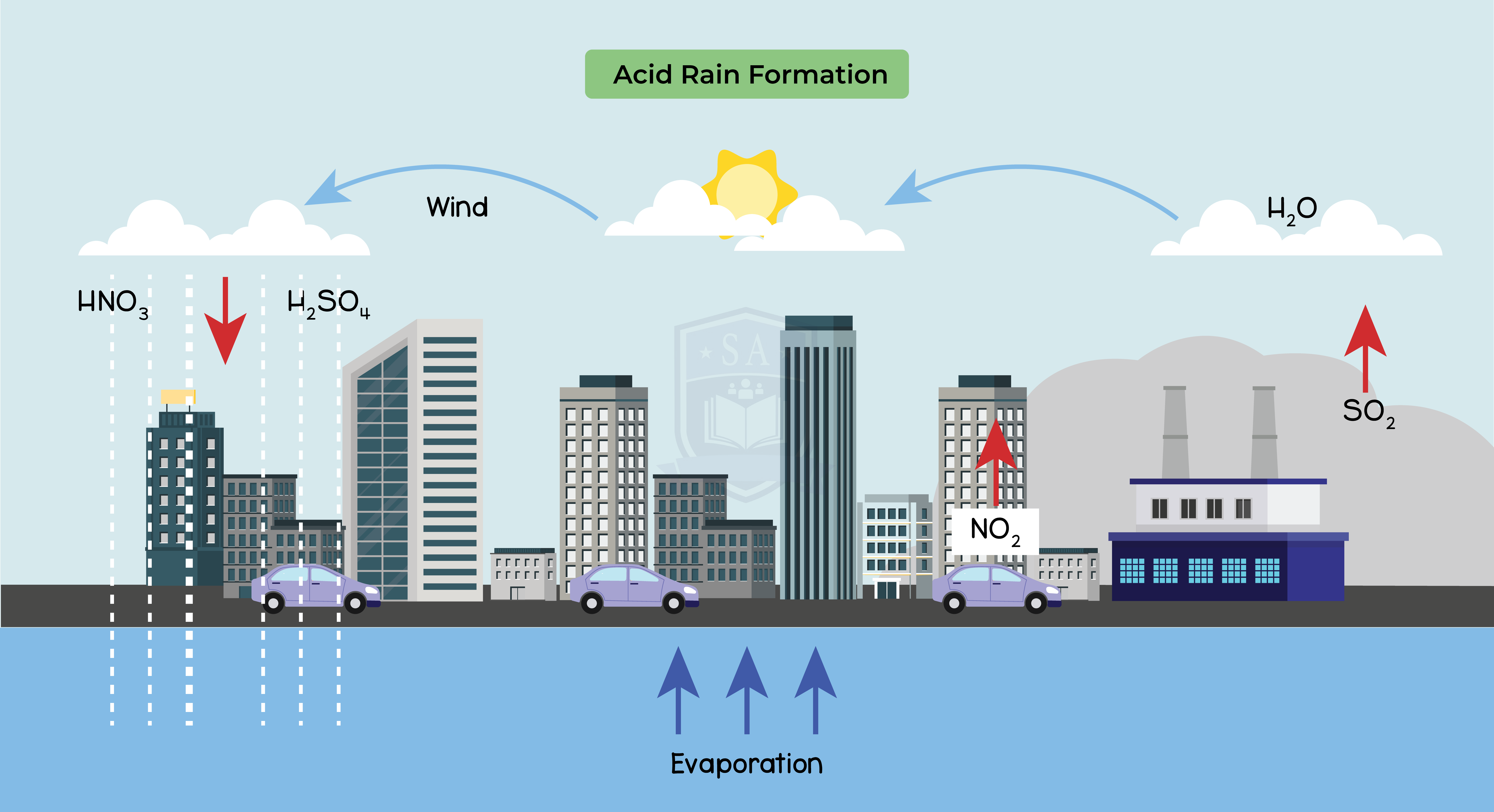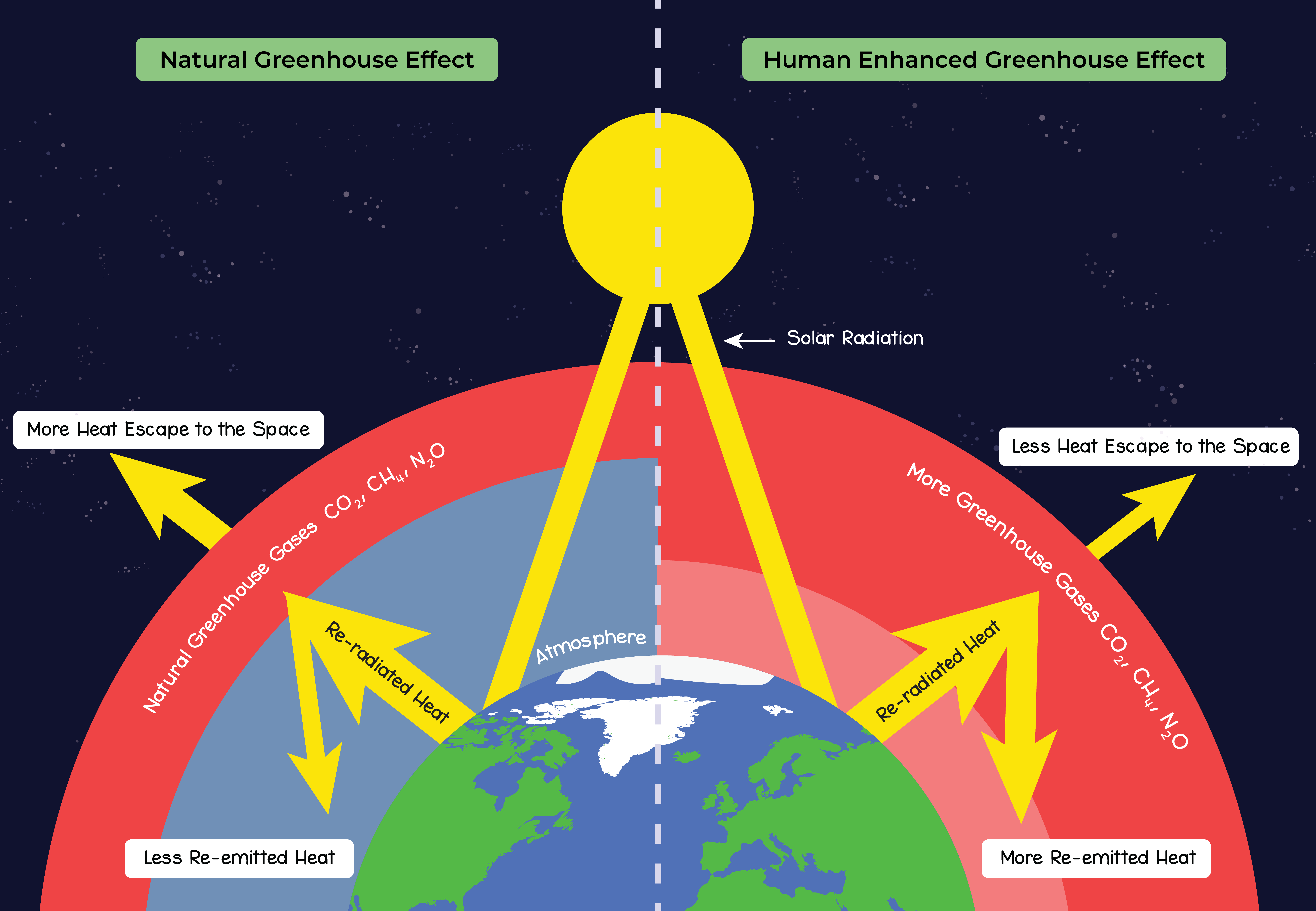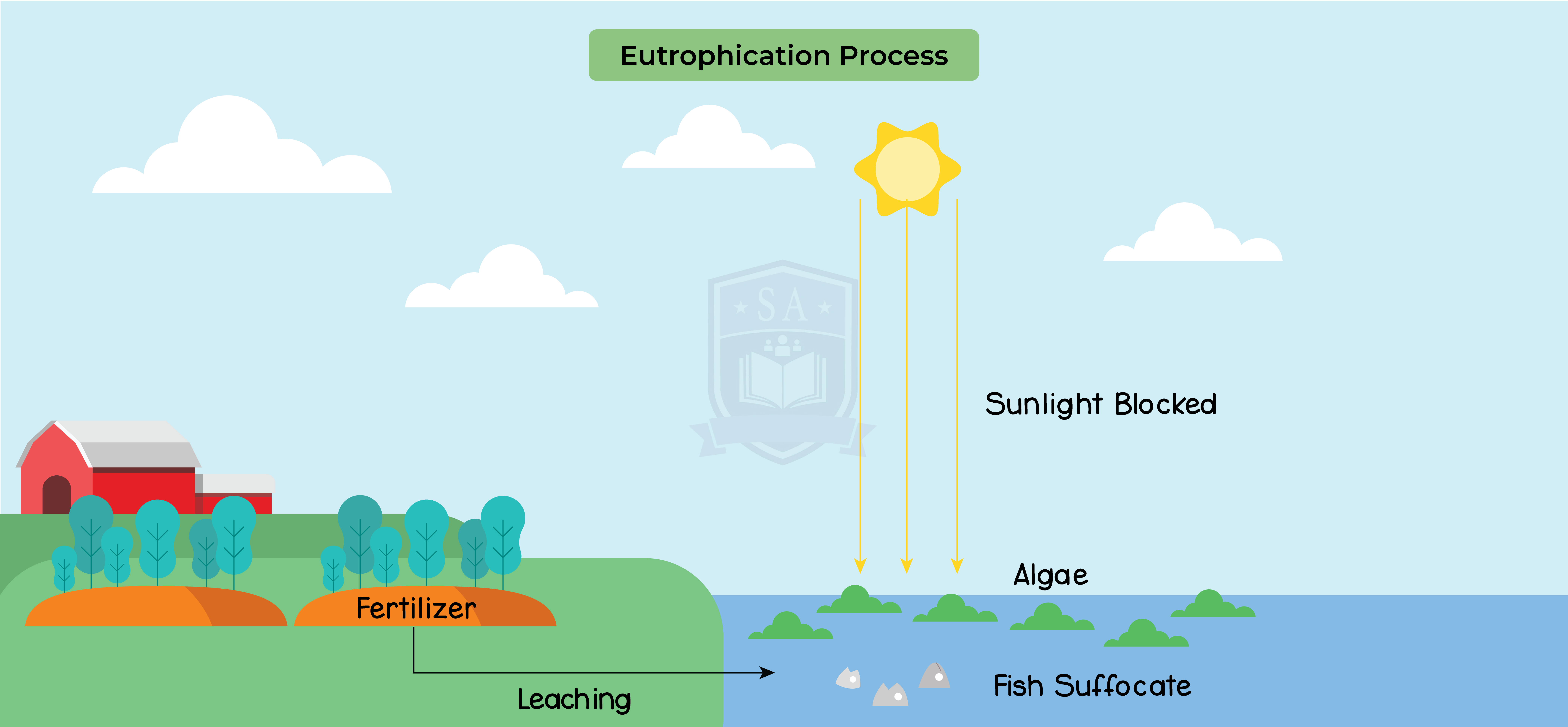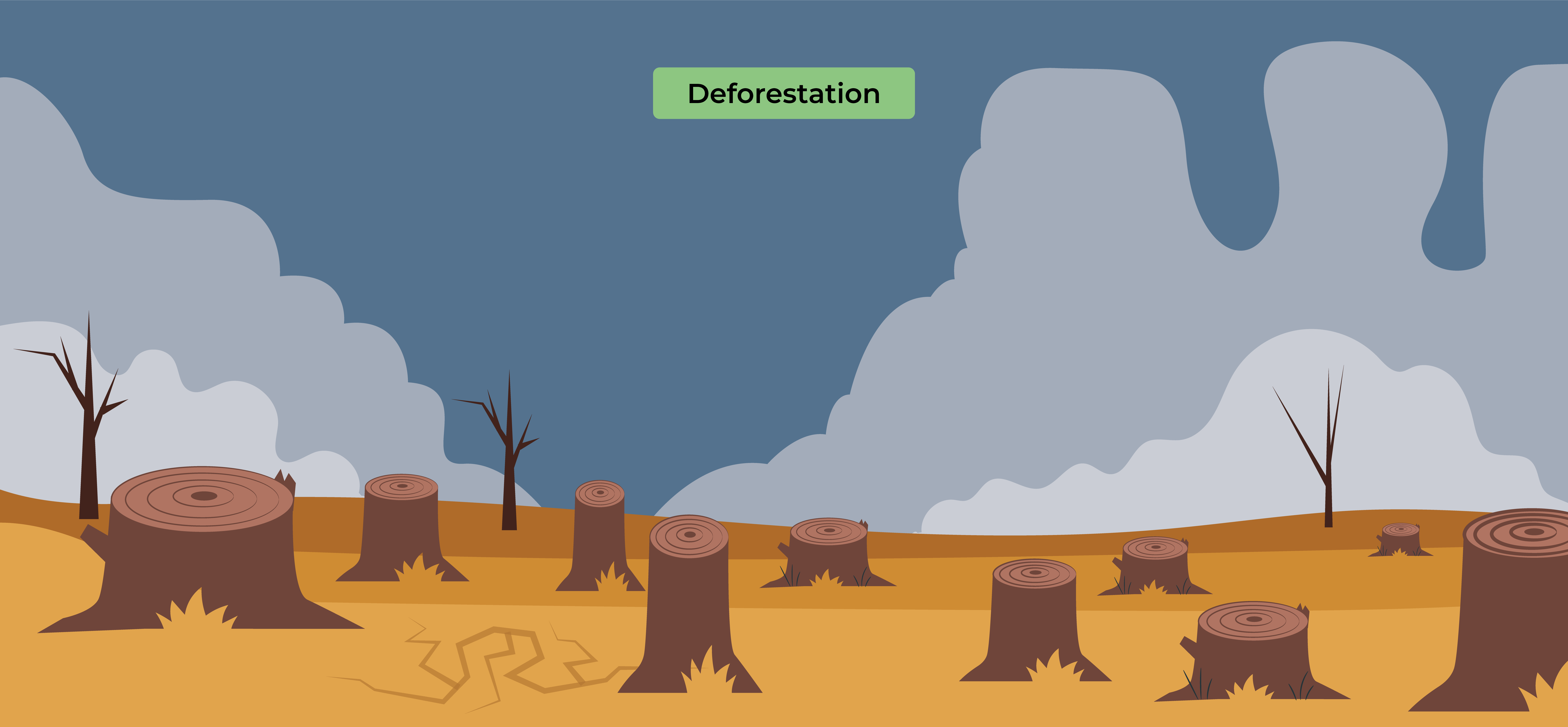REVISION NOTES
4.4.1 Understand the biological consequences of pollution of air by sulfur dioxide and carbon monoxide
Sulphur dioxide:
Carbon monoxide:
4.4.2 Understand that water vapour, carbon dioxide, nitrous oxide, methane and CFCs are greenhouse gases

Greenhouse gases:
4.4.3 Understand how human activities contribute to greenhouse gases
Human impact on greenhouse gases:
4.4.4 Understand how an increase in greenhouse gases results in an enhanced greenhouse effect and that this may lead to global warming and its consequences

Greenhouse effect:
Consequences of global warming:
4.4.5 Understand the biological consequences of pollution of water by sewage
Water pollution by toxic chemicals:
Water pollution by untreated sewage:
4.4.6 Understand the biological consequences of eutrophication caused by leached minerals from fertiliser

Eutrophication:
4.4.7B Understand the effects of deforestation, including leaching, soil erosion, disturbance of evapotranspiration and the carbon cycle, and the balance of atmospheric gases

Deforestation:
Soil erosion:
Flooding:
Increase in CO2 levels:
Disruption of the water cycle:
Lack of trees prevent this process creating areas of drought

© 2025 Studia Academy. All rights reserved.